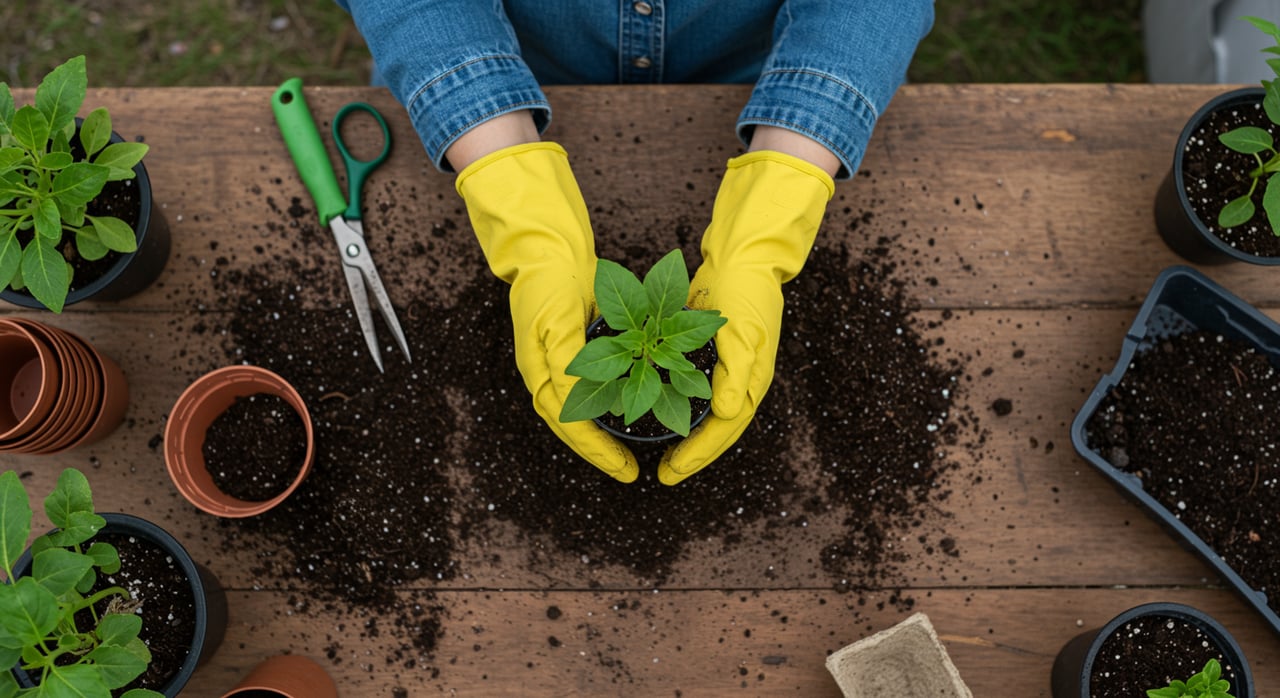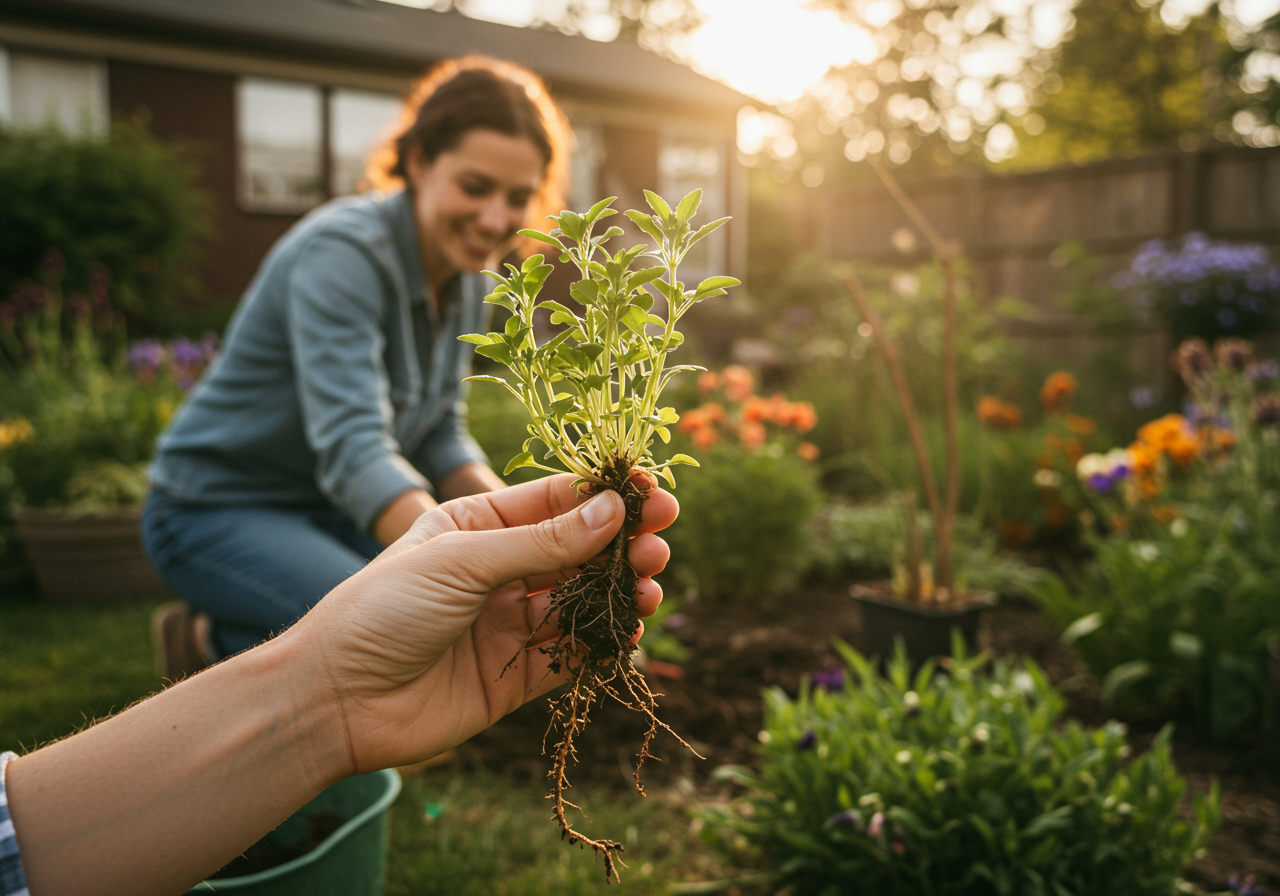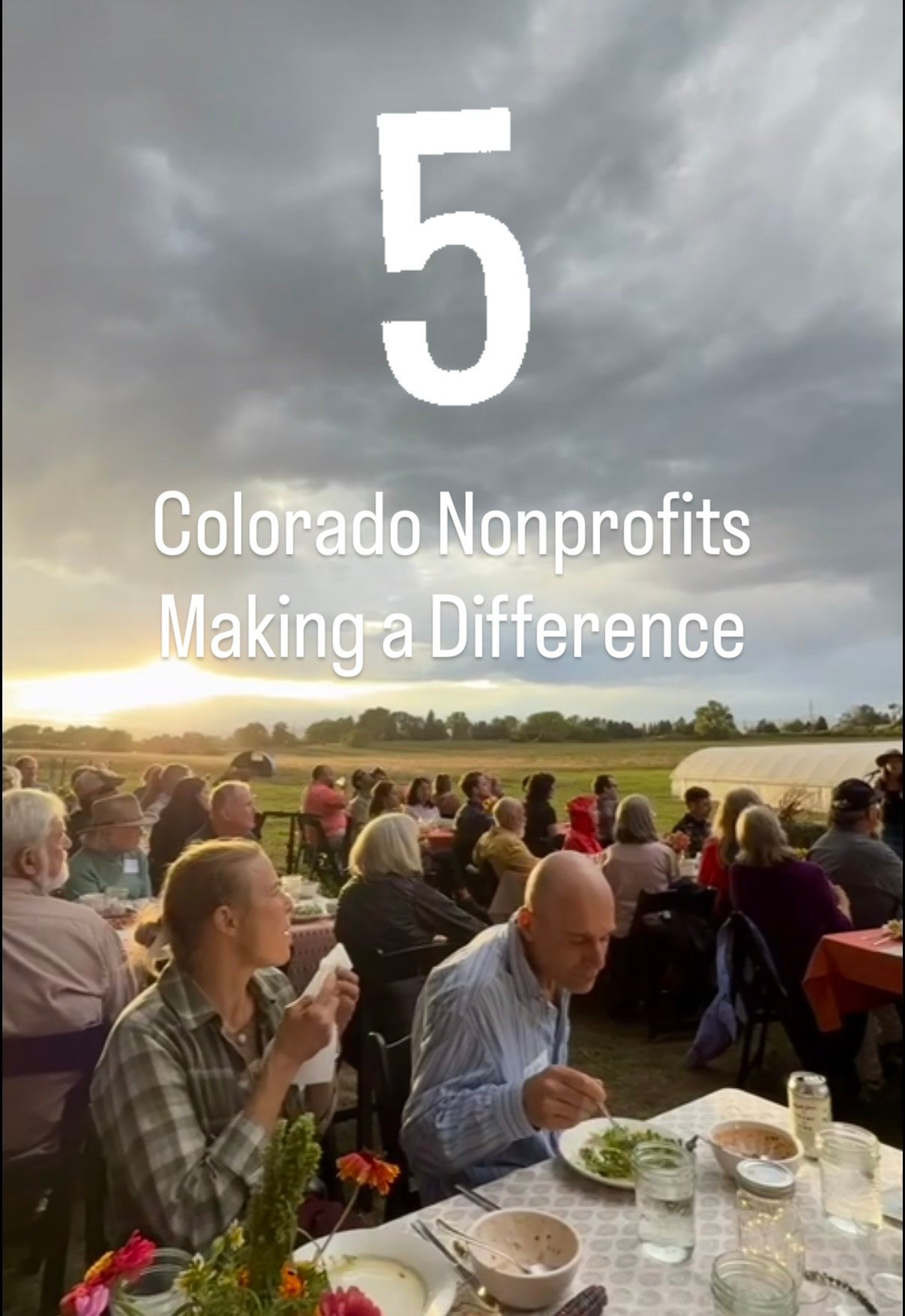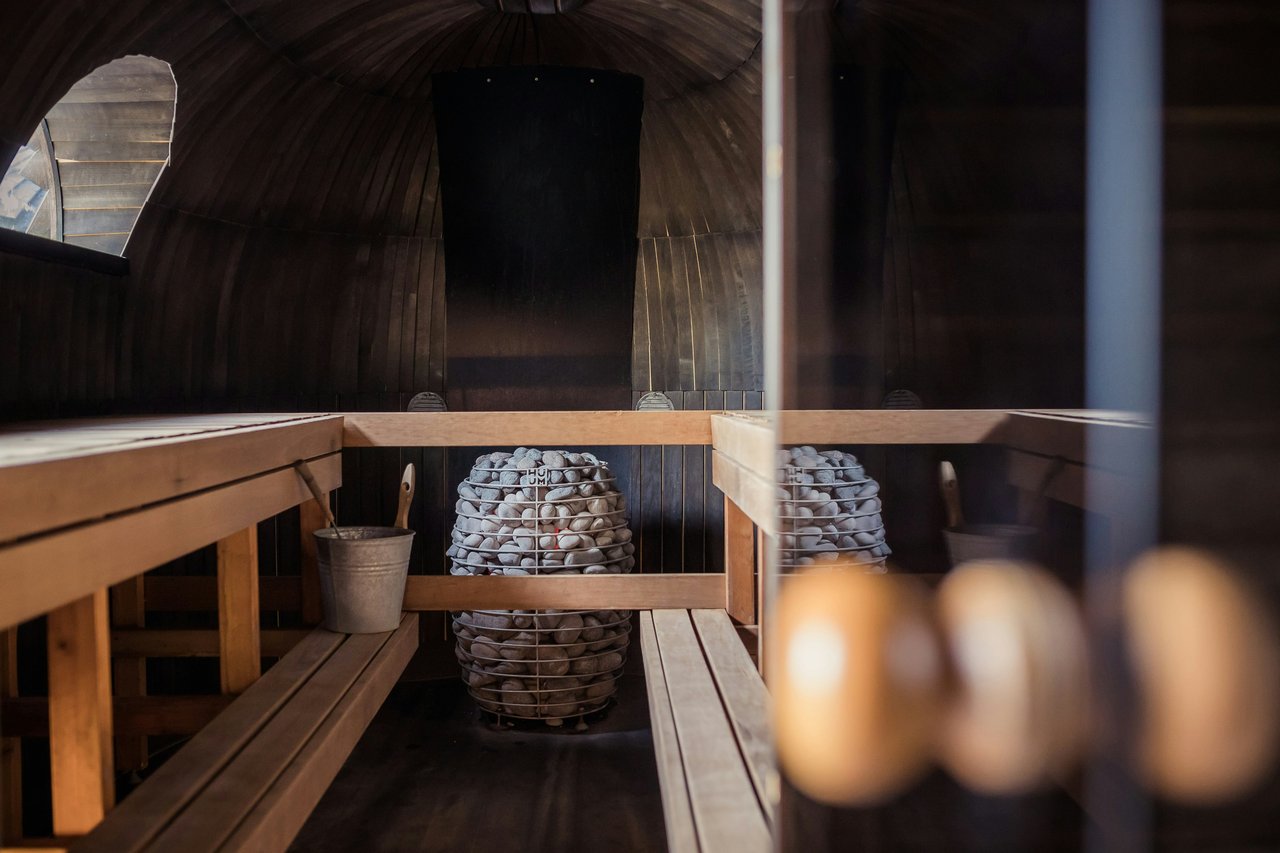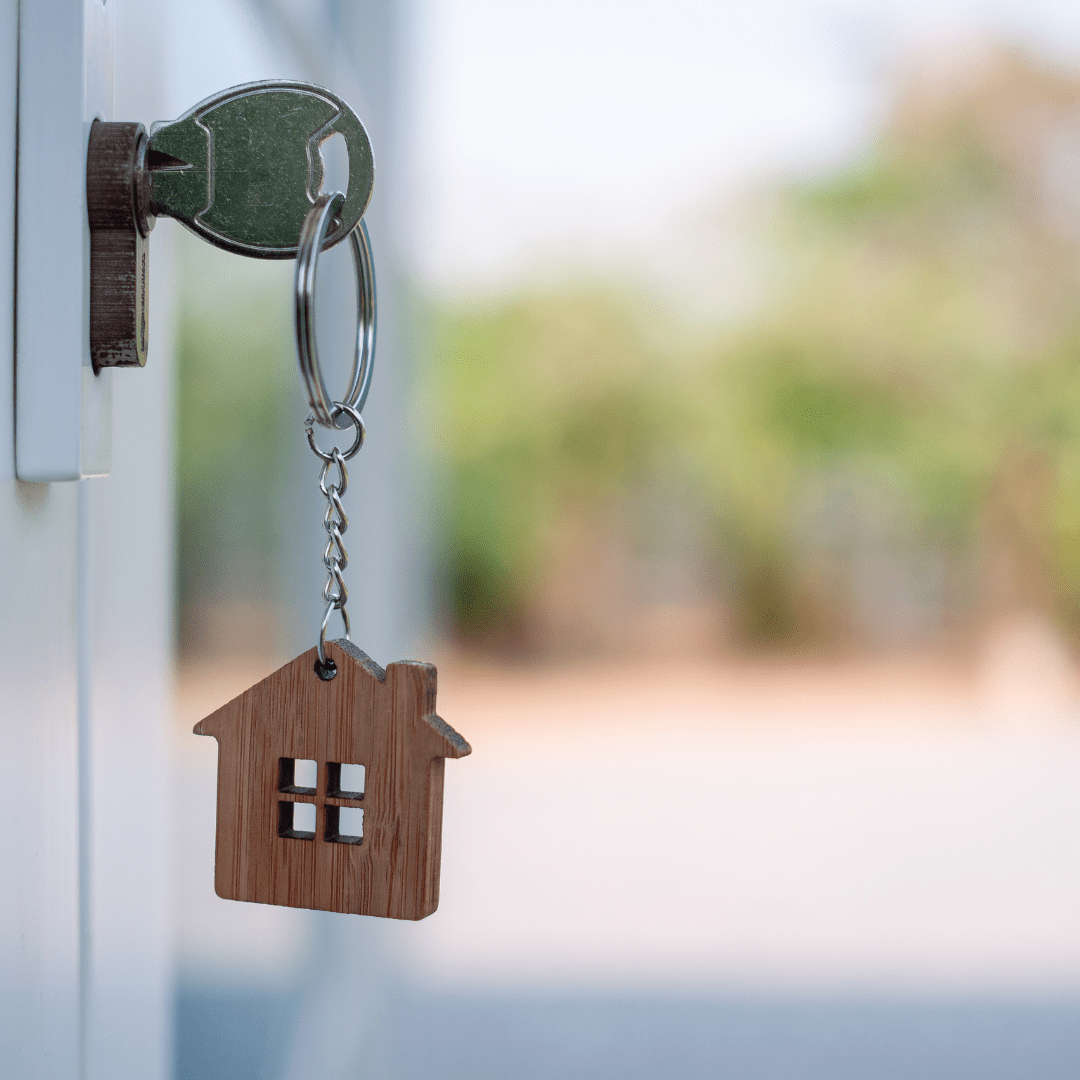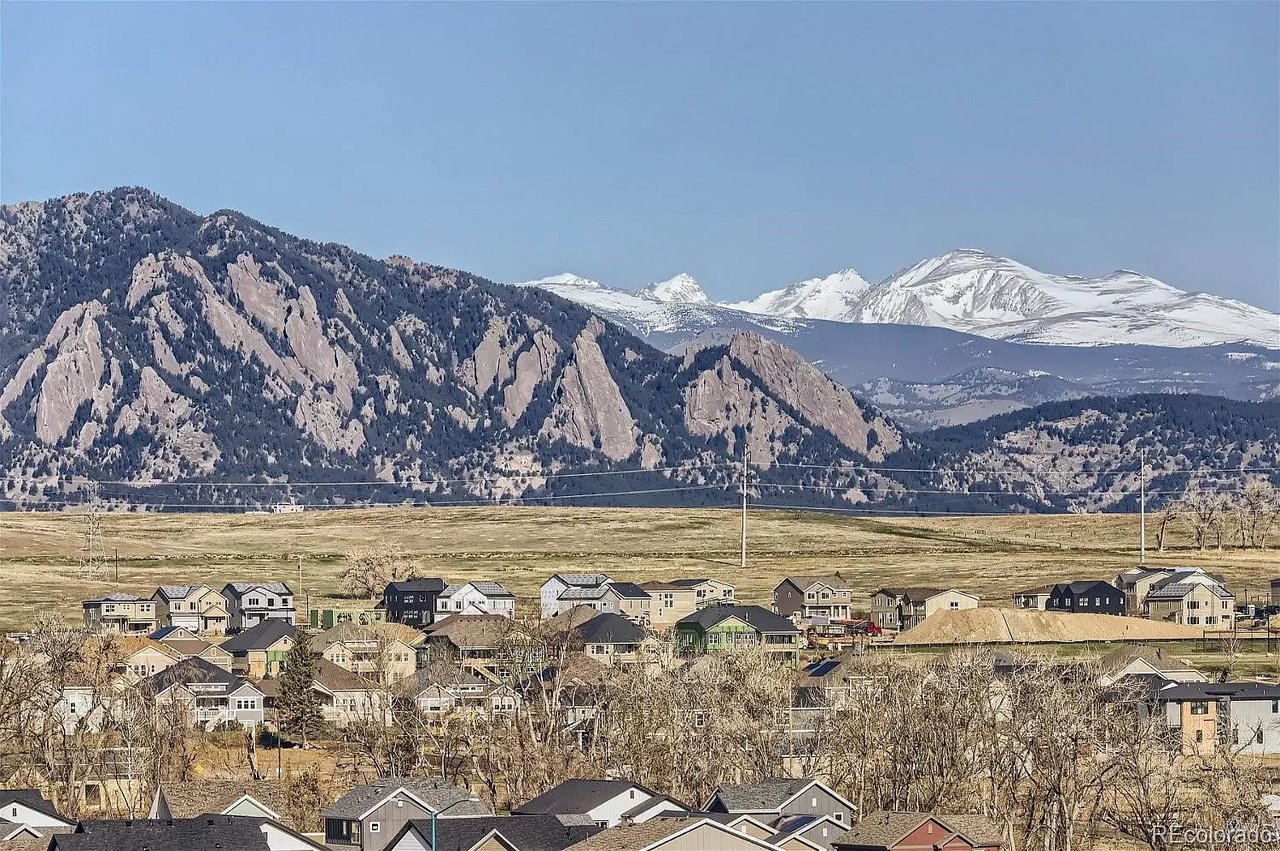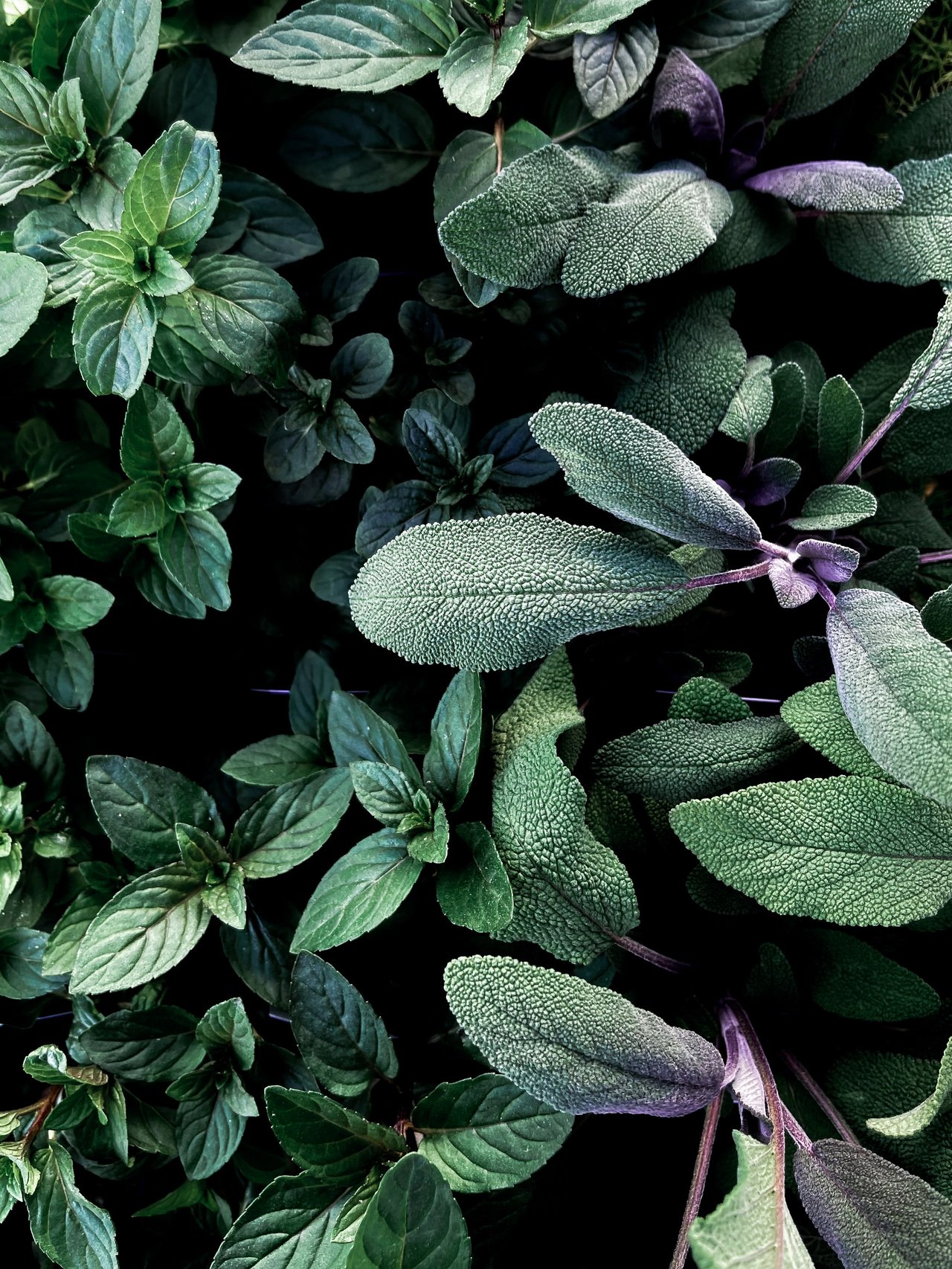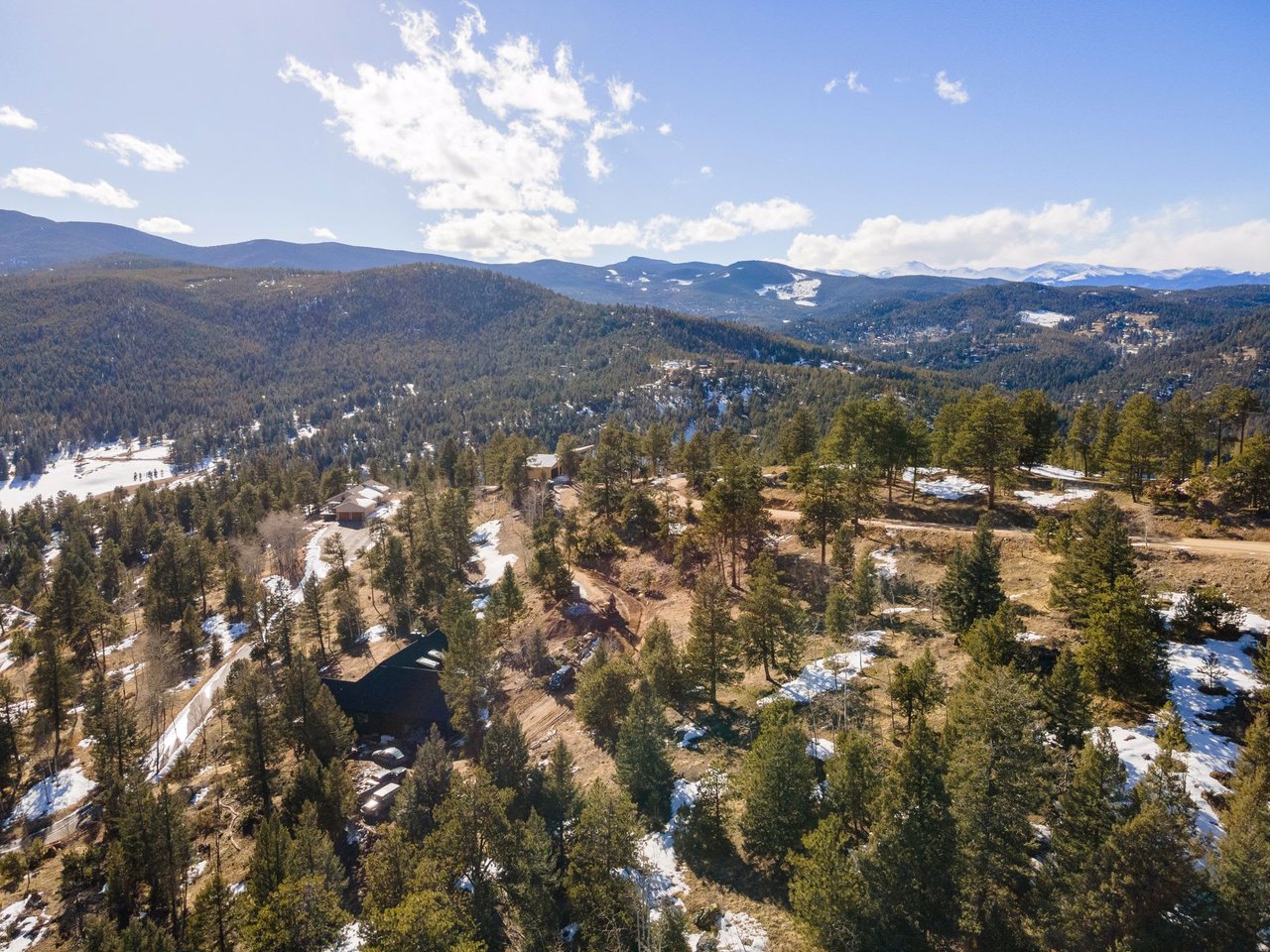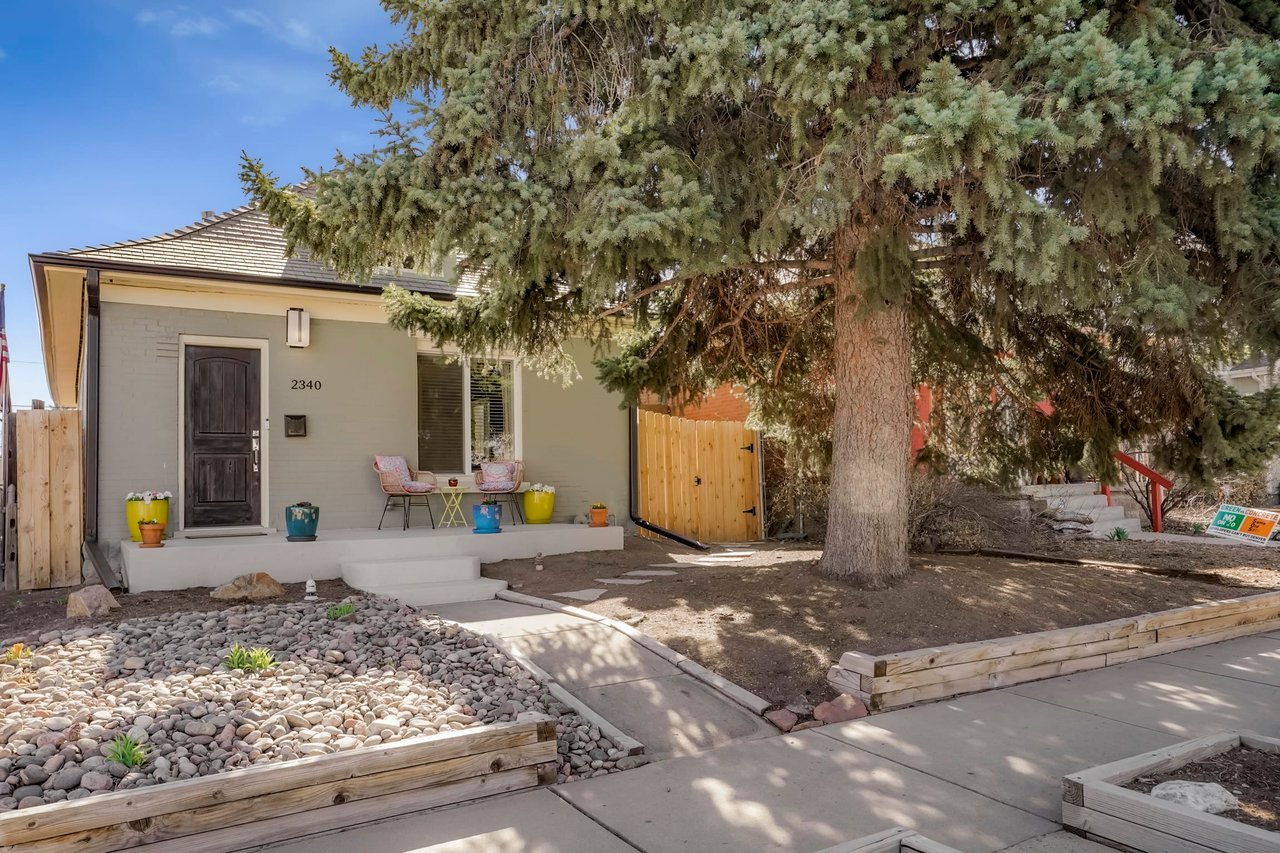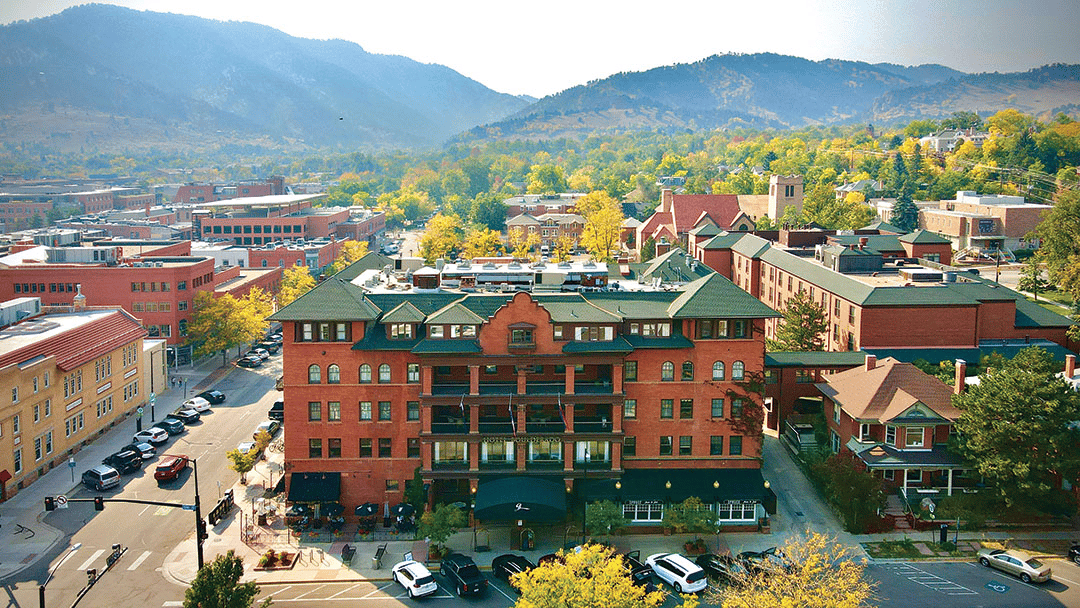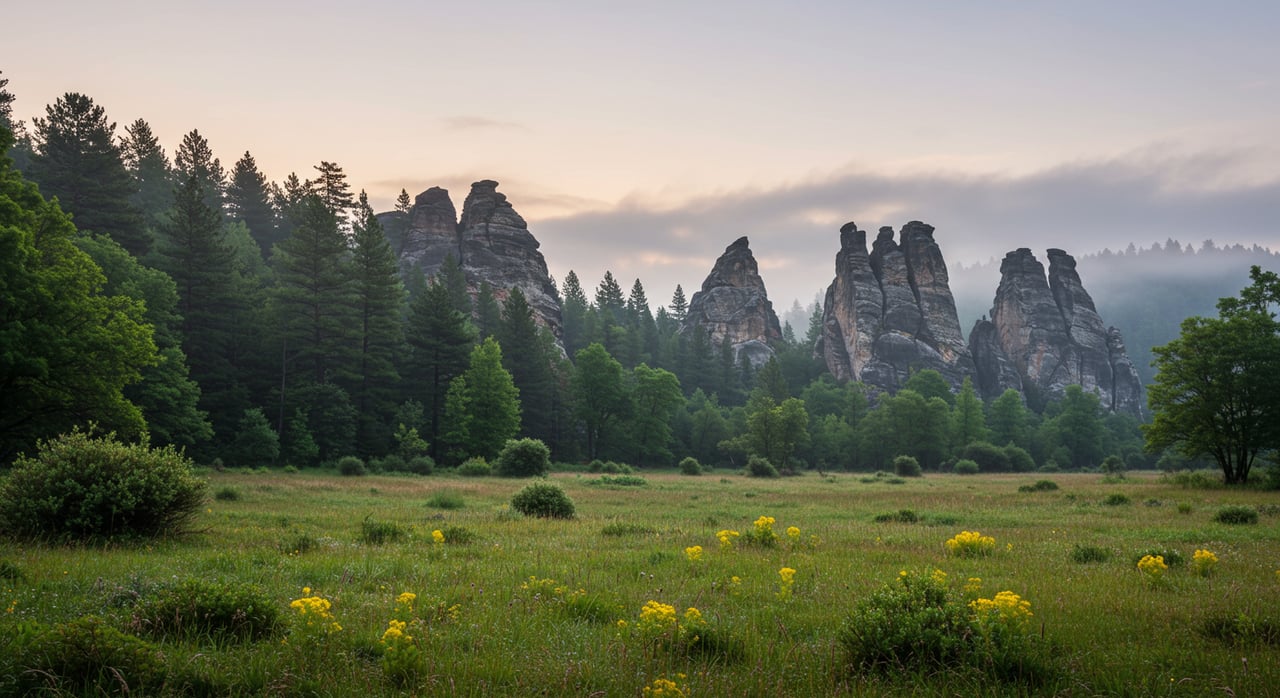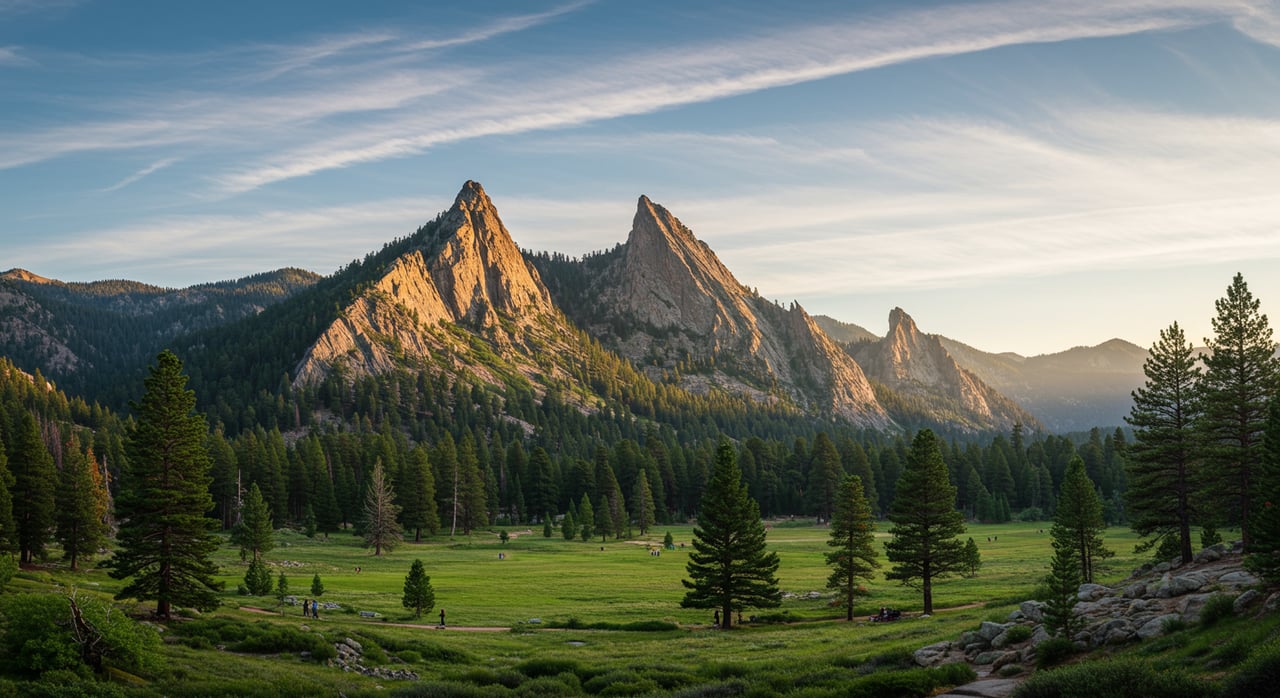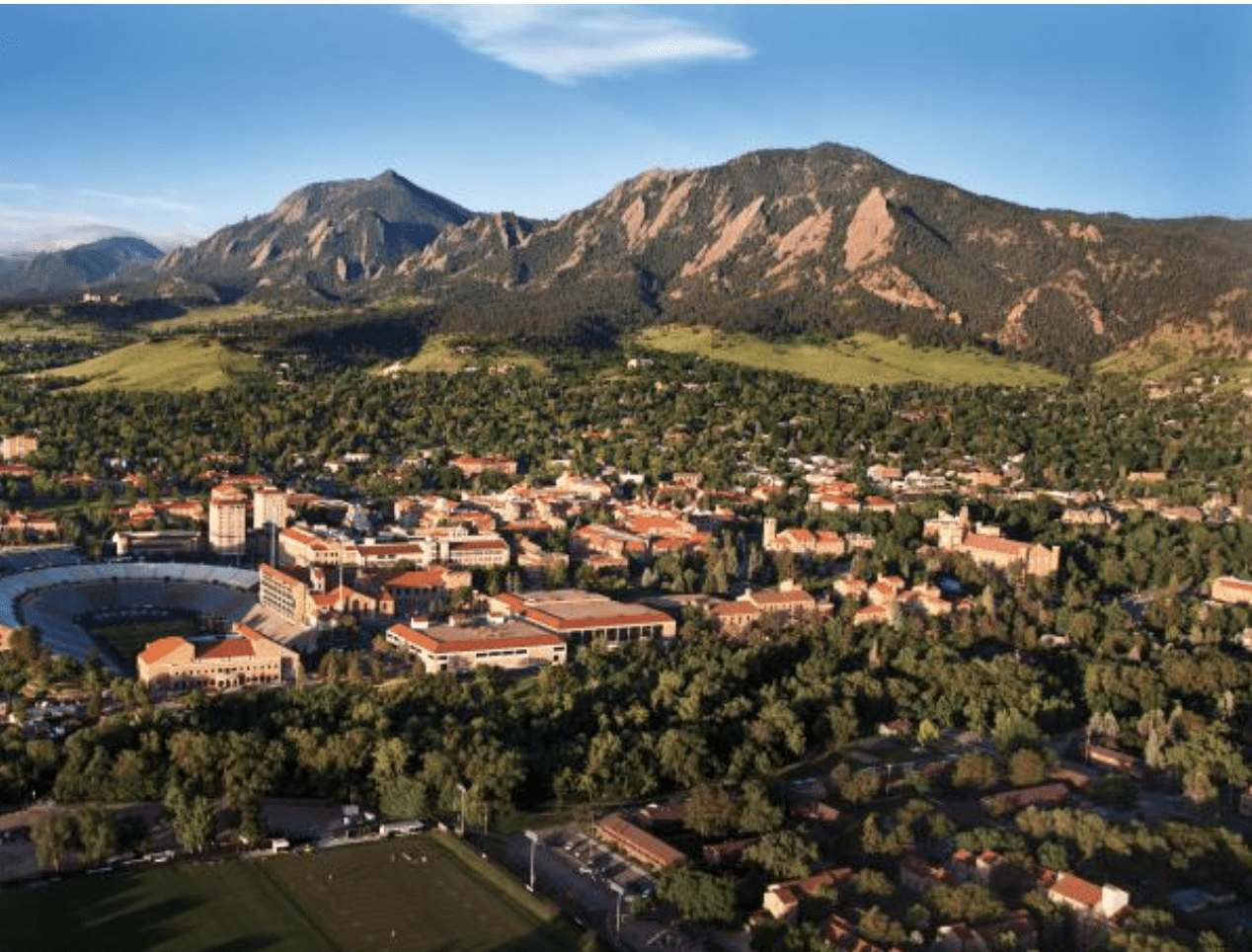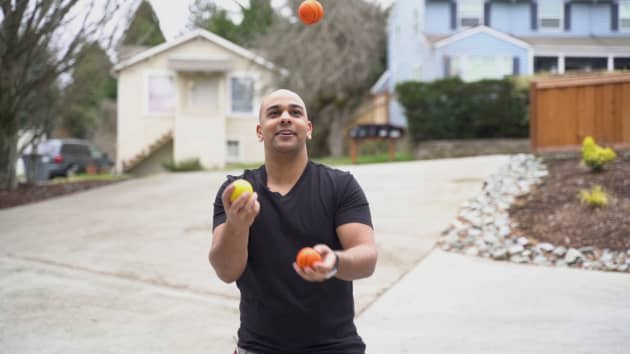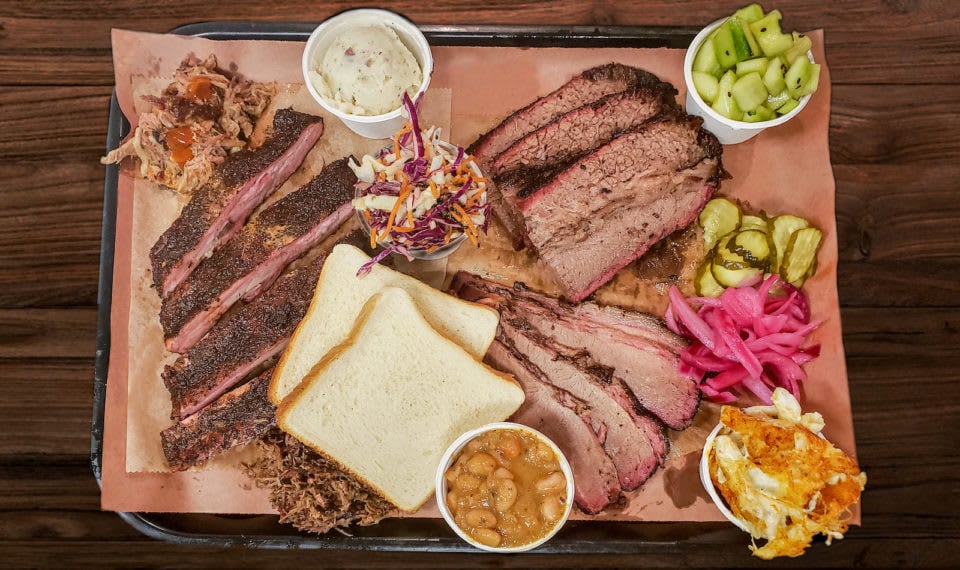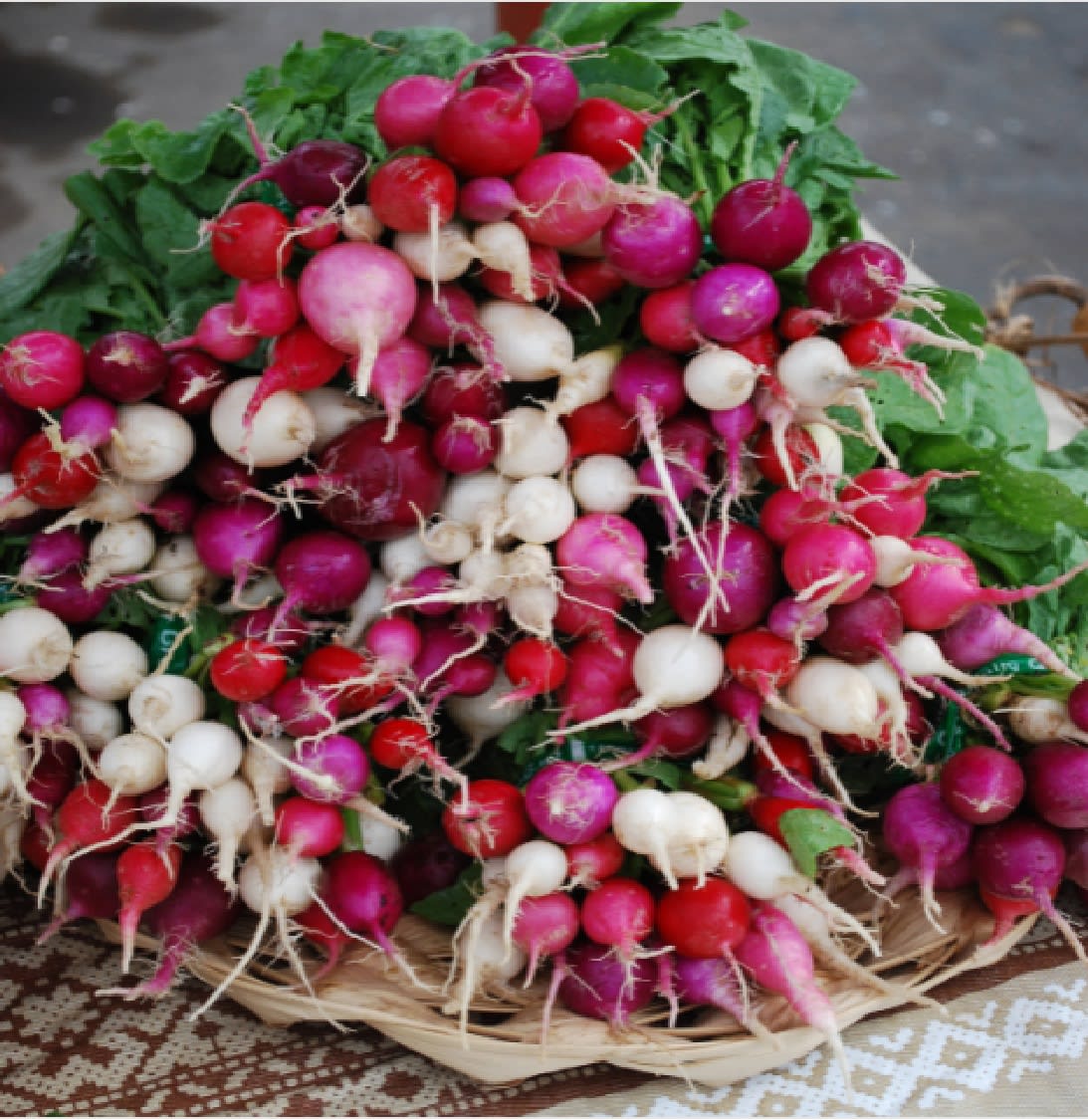Spring temperatures and storms in Colorado are as unpredictable, so remain flexible and get the early chores finished in between these fickle weather weeks ahead.
Garden Clean Up
Remove any remaining annual vegetable foliage and roots from last season. Toss in the compost pile if disease or pest insects weren’t troublesome.
- Perennial plants and ornamental grasses from last season need to be cut back in spring (if not done in fall) for new growth to emerge. Some perennials like milkweed (asclepias), balloon flower (platycodon), false indigo (baptisia), leadwort (ceratostigma), ferns and hibiscus are late waking up in the spring.
- Many plants also benefit from spring dividing when overcrowded or not blooming well anymore.
- Spring division is recommended for many summer and fall blooming plants, while spring bloomers are often divided in the fall. Woody plants, like lavender and culinary sage, don’t like being divided, wait and cut back dead foliage when new growth pushes through in another few weeks.
- Wait until late April to early May to cut back rose shrubs even if the canes have greened up.
- Harden off new plantings that will be moved outside. To “harden off” new plantings that will be planted outside, place them in a protected, shady area for a few hours and gradually increase their time outside and exposure to sun (if it’s a sun-loving plant). Do this over several days (5 to 7 days) so they adjust to the sun, wind and weather conditions. In the first few days bring them back inside the house or garage at night. When adjusted to Colorado outdoor conditions, they are ready for planting in the ground and containers.
- Stay on top of weed removal
General Landscaping Notes
- The first rule of gardening in Colorado is to avoid walking on, working in or shoveling wet soil. A sure way to ruin soil structure is to tamper with wet soil. The good news is soil usually dries out in a few sunny, dry days.
- The second rule is to be aware and plan accordingly for our final spring frost dates, which are often around Mother’s Day. Don’t place any bets on this time frame, though. Snow in early to mid-May is common. Wait to plant summer loving blooming annuals, tomatoes and other warm-season vegetables outside until days and nights are consistently above 50 degrees or higher.
- The third rule is to treat all new plantings that are currently growing inside at garden centers or your home with the same acclimation protocol.
- Weeds are showing strong green growth and taking firm root. Stay on top of removal. Be careful in using weed-killing products since beneficial insects and pollinators are becoming active in our landscapes. Blooming dandelions are early spring favorites. If bothered by dandelions, hand dig them before they set seed.
- A healthy spring lawn is the best prevention for chronic weed problems. Schedule lawn aeration to relieve compacted soils and thatch build up. Overseeding with grass seed and fertilizing right after aeration will strengthen the lawn for backyard activities this summer. Do not use a weed and feed type fertilizer if overseeding, the weed part of the fertilizer will prevent new grass seeds from germinating.
- Early spring is ideal for planting bare-root plants plus container-grown and balled-and-burlapped trees and shrubs. Chances are the trees and shrubs have been growing outside, so no hardening off period is necessary.
Protecting Garden Insects and Pollinators
Concern about properly caring for our landscapes with respect to pollinators and beneficial insects is on many gardener’s minds. Starting a new gardening season is a great time to care, plan and plant for their well-being and yours.
When cleaning up the landscape in spring, removing dead leaves will not harm ground-nesting bees, bumblebees or butterflies.
Dr. Whitney Cranshaw, professor and Extension Specialist at Colorado State University, said, “there may be some pupae (chrysalids) of some butterflies somewhere, but they would be on some solid surface — rock, side of a building, base of a shrub — not the dead leaves. Bumblebees overwinter in cavities in the soil or other protected underground sites. Only queens produced the previous year survive through winter. Then they come out and try to find another cavity (often an old rodent nest) to establish a nest for the new year. I don’t think they spend much, if any, time under leaves. And even if you were to be raking out the leaves and one happened to be there, I think the bee could easily escape (as long as it was warm enough to fly away)."
Here are important to consider if you want a bee-friendly yard, according to Cranshaw:
- Supply abundant flowering plants that are attractive to bees, particularly species that bloom in early spring.
- Provide cut canes (which you can acquire now while pruning), drilled wood or other cavities for cavity-nesting bees and hunting wasps.
- Have areas of open soil where ground-nesting bees can nest (i.e., do not cover every inch with thick mulch).
Find more info on gardening for insects here.
Thanks to our friends at the Denver Post for compiling this information! For more great information like this, check out their Home + Garden section under Lifestyles.
